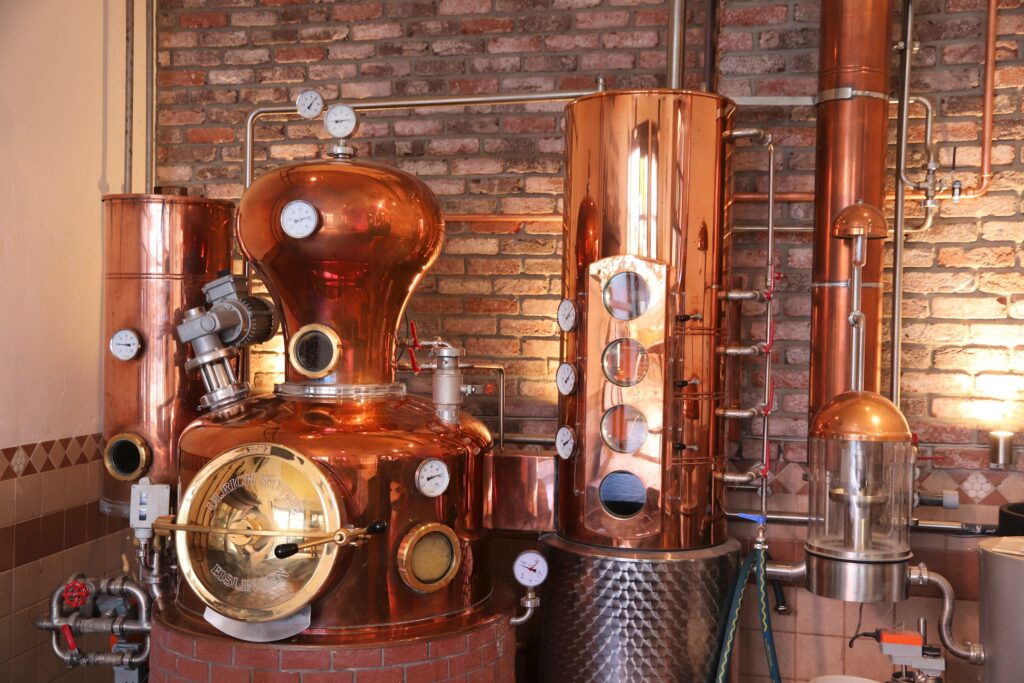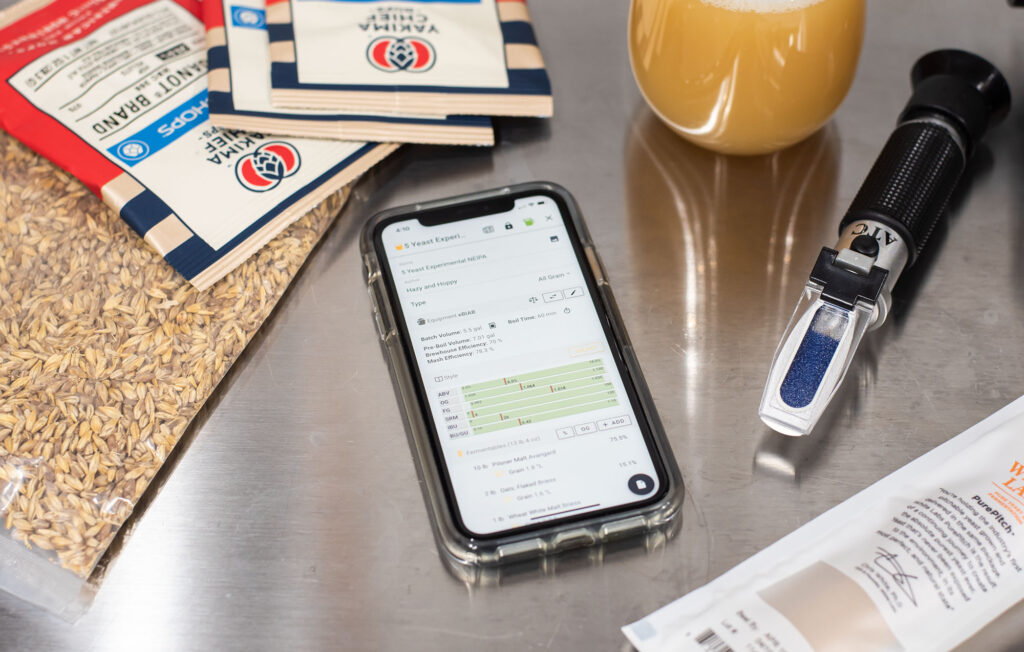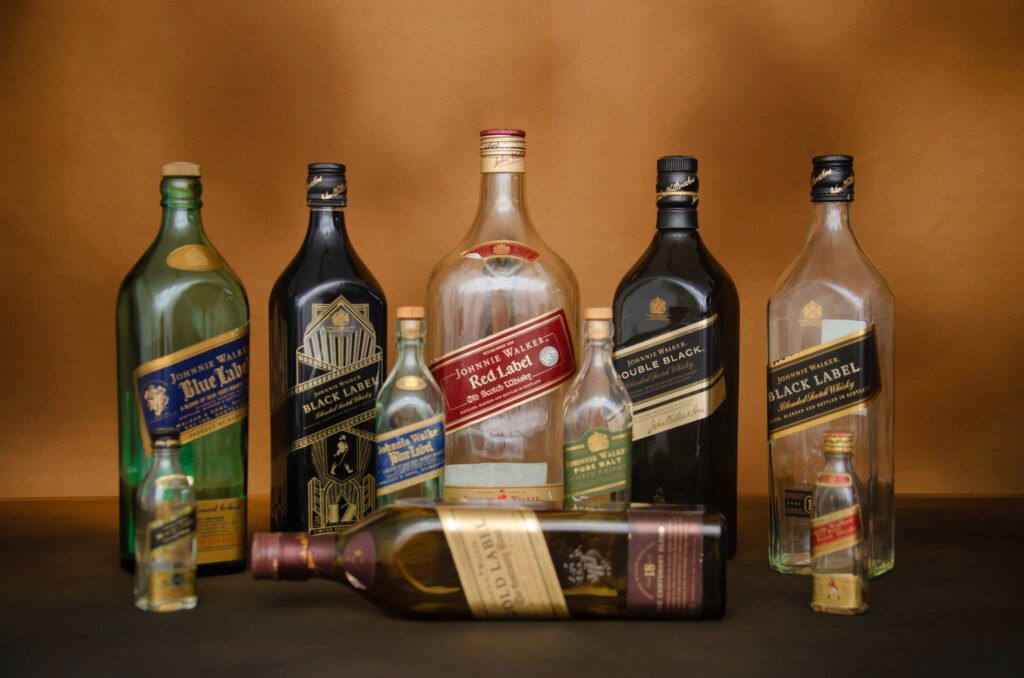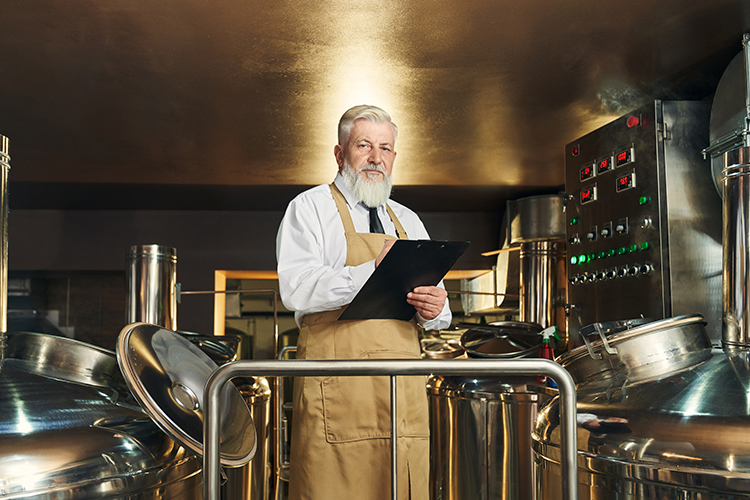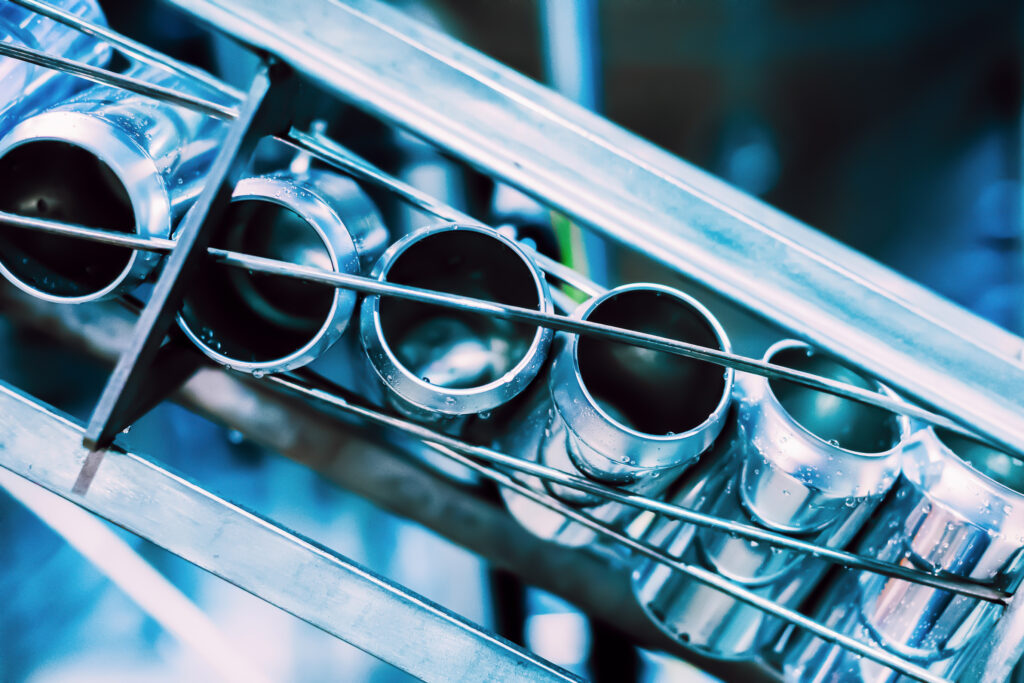By: Gerald Dlubala
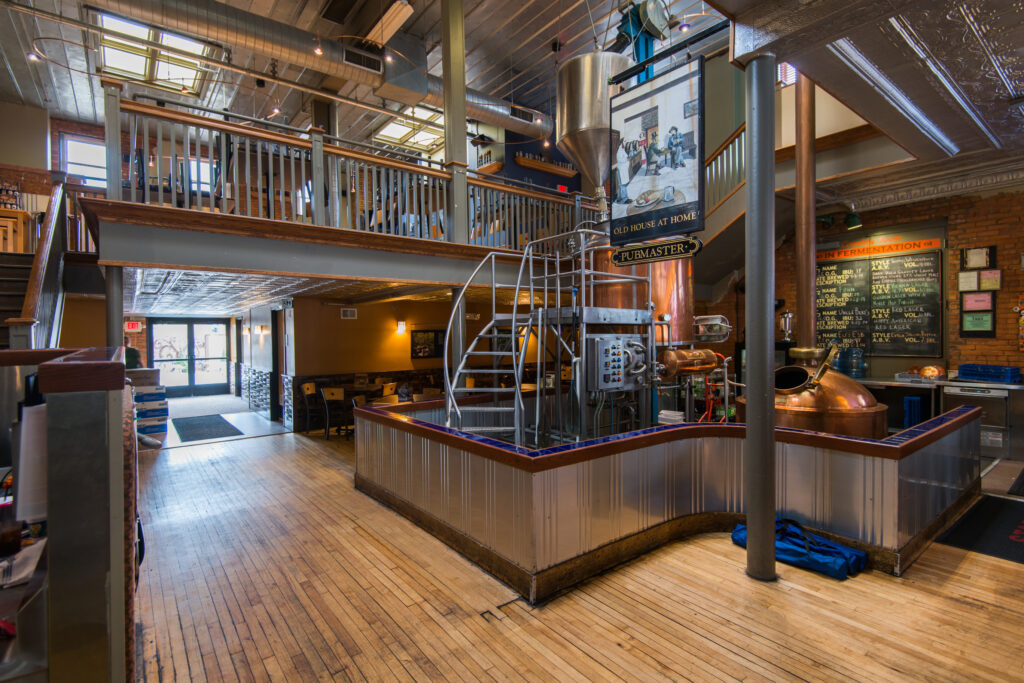
You’ve likely had a vision of the perfect brewing location in your mind for quite some time, and finally, you’ve found it. After all of the location hunting, permit wrangling and liquor license drama, it’s time to get the essential equipment installed and get to brewing. But how do you know what equipment is necessary? And how does that translate to your brewing goals?
“Well, that depends,” says Chris Jennings, technical writer for Glacier Tanks LLC, a retailer of stainless-steel beer tanks, mash tuns, brew kettles, pumps and parts. Jennings is well-versed in the brewery startup process, having been part of multiple startups and currently opening his brewery.
“You know, with a brewery, location is always going to be important,” said Jennings. “But as a potential owner, you need to take into account the inherent demands of your operation to understand your needs. For example, if you want a small little local brewpub, a smaller footprint to house smaller production equipment is fine. But, do you want to stay local? Are you looking to produce a regional brew? Do you see yourself as a regional production brewery? Are your goals to become nationally distributed? Your answers reveal your goals and ultimately factor into your basic equipment needs.
“A common path for brewery startups is to fit the brewing operation into an established and secured location, especially with the popularity of historic buildings,” said Jennings. “It’s perfectly okay if you don’t have a location set, but if you do, then you already know the building’s options and available utility choices. You’re going to have to get permits for everything, especially in historic locations, which will make you fully aware of your on-site choices. Does your location have three-phase electric, 40-amp circuits, and 220-electric? What fuel source is available for the boilers? Are we looking at electric heating options, direct fire options (natural gas or propane), or steam, which, by the way, is the most efficient option and should always be the first choice if available? And please, always involve your preferred equipment supplier as early in the process as you can, even when considering specific buildings and locations if possible. We can help with building a potential brewery layout with AutoCAD software, and then custom fabricate an entire brewhouse based on the available footprint and specifications if needed.”
Jennings told Beverage Master Magazine that the bottom line for brewery startups is to save time, money and heartache by getting equipment to make your daily work life more manageable. During the brewery startup process, it’s imperative to associate yourself with informed people who can offer guidance and experienced purchasing information. The essential equipment to consider for brewery startups include the mash tun, a hot water source or hot liquor tank, depending on the production size, a boil kettle, heat exchanger and fermenter. Matching these essential items to your brewery’s goal-driven production needs within the allotted space goes a long way in ensuring a quality startup.
“Other things can technically wait,” said Jennings. “But when considering equipment, I always suggest that anything else you can add to the actual production process immediately makes your brewing life more manageable. Any production process needs equipment. It’s just the way it is, so the more equipment you can have available upfront, the easier and more manageable your daily brewing life will be. Of course, I’m talking about anything and everything else, including a brite tank, filter, glycol system, applicable pumps, valves or other minor equipment. As a brewmaster, you want to focus on brewing your beer rather than losing quality time to menial or time-consuming tasks that the proper equipment or tooling can handle.
Size, space, and the Limits of Customization
“Custom tanks like those we offer at Glacier Tanks are awesome,” said Jennings. “But even though our tanks and brewing equipment can be customized, there are not infinite options. Brewing is a science, and science determines the effectiveness, performance and size of the brewing equipment needed, including tanks.”
But Jennings said there’s more to consider when matching projected production numbers to equipment. For example, adding additional fermenters doesn’t necessarily increase your production capability. If your boil kettle is a five-barrel capacity and you add a 20 barrel fermenter, you’ll need four brew sessions to fill it. So yes, you’ll have more beer, but you have to account for the extra time spent brewing. Adding two 10 barrel fermenters or four five-barrel fermenters may be more economical and efficient. Rather than looking at an 18- to 20-hour brew day to use a single 20 barrel fermenter efficiently, smaller capacity options allow more time between brew sessions while providing greater batch control and increased possibilities for brewing variety.
Glacier Tanks offer stainless steel certified tanks that can adapt to any extraction process a brewer considers, including kombucha, soda, non-alcoholic products and even winemaking. The company keeps experienced brewers on staff to ensure that their systems remain industry-specific, including their turnkey brew systems that can be a two or three-vessel system, ranging from three barrels to 15 barrels requiring a 14’ x 16’ space.
“Space is always at a premium for brewing operations, so when projecting a layout, it’s important to take every square foot into account,” said Jennings. “As for equipment, science says that the larger everything is, the larger everything needs to be. If you’re considering a three-barrel boil kettle, you’re looking at a piece of equipment just over seven feet tall and about three and a half feet wide. A three-barrel fermenter is 6’4” and three feet wide. A 10 barrel kettle will be 8’ 6” tall and 4’ 9” wide. A 10 barrel fermenter will take up 8’ 5” by 4’ 2”. A 20 barrel kettle requires a 15’ x 15’ space. Fermenters can range up to a 20’ x 8’ area required for a 100 barrel option.
“What a brewer needs for a startup depends on the production goals. If your production is greater than five barrels, you should have an HLT just from a water conservation standpoint. To calculate the production capacity of any system, multiply the size of the system in barrels by how often a week you want to brew. Take that weekly amount and multiply by the number of weeks a year (50 is standard) you intend to brew to get your annual production number. You can also work backward to set your brewery production goals and scale the equipment and system to the necessary workload. Divide your annual production goals by the weeks you will brew to arrive at a weekly production number. The number of brew cycles needed per week then depends on the capacity of the system you install.”
The Never-ending Evolution of Brewing Technology
While it’s true that brewing technology is constantly evolving based on needs, Jennings said that technology generally changes because of the potential of greater efficiency or measurable cost savings. One example is in the area of water conservation. “The brewing process wastes a lot of water, so there is always interest in any new technology that decreases, limits or stops wastewater and saves money. Glacier Tanks has incorporated a spud valve based on old German technology that allows a brewer to off-gas produced CO2 at a predetermined PSI setting during the fermentation process. As fermentation ramps down, the amount of CO2 released naturally lessens, allowing the brewer to capture more of their own produced CO2 to keep in the solution. It’s more efficient and can reduce the cost of purchasing CO2 after releasing all of your own. Higher efficiency plus cost savings drives successful changes.”
“Sizing your system is the important first step in starting your brewery,” said Jennings. “Brewery equipment is scalable and should be scaled to your brewhouse so you won’t have to upgrade too rapidly. Even though saving money is important for a new brewer, penny-pinching or skimping on initial equipment purchases upfront can lead to supply and demand issues, income and product loss, and increased waste. Rather than wasting money on things you might need, spend the money on quality equipment you need. Also, don’t consider expansion only for the sake of growth. Fixing a problem due to bad planning is very expensive. Instead, make sure that the market is there and you’re prepared to expand your workday.”
When Even the Basics are too Much: Small Batch Equipment for Limited Spaces
Quality equipment is essential, especially if you’re a small batch brewer with limited space. No one knows this better than Adam Sommer, Head Brewer and owner of Evergreen Farm Brewing in Metamora, Illinois.
Sommer used his detail-oriented background as an electrician and mathematics enthusiast to start a small-batch, ground-to-growler brewery on a farm that’s been in his family since at least the mid-1800s. However, by choosing the old farm as his brewery location, his available brewing space was limited by the dimensions of the original farm buildings. That meant fitting a complete brewing system into a 15’ x 15’ space, and after researching his options, he found an all-in-one brewing system option from BREWHA Equipment Company. Their turnkey system allows the entire process of mashing, boiling and fermenting to occur in the same portable, conical fermenter, saving both space and time for a small-scale brewer.
“Space was definitely an issue, but being out here in the country, we operate out of an existing well, so wastewater is an important issue as well,” said Sommer. “With the BREWHA unit, we only use two gallons of water per gallon of beer compared to four gallons that are normally needed.”
Sommer told Beverage Master Magazine that he has been brewing beer for less than a year but estimates his production to be about 50 barrels for his first year. He plans to expand by renovating more original buildings and combining those with new structures that will feature the same aesthetics and appeal as the original structures. Sommer also has a couple of one-barrel fermenters for experimental brews and for producing different beer styles. Additionally, he uses two jacketed water chillers with a third in the works that provide a steady range of temperatures throughout the fermentation process.
“And it’s easy to overlook at first, but you can’t forget about the small but equally important equipment and supplies that you need to serve your customers properly,” said Sommer. “We keep a supply of growlers and howlers so our patrons can take and enjoy our products at home or share with others. The amount that you’re going to need is just kind of guesswork at first, but the important thing is to have a relationship with a supplier to get your orders delivered when you need them.”
When asked about advice for startup craft brewers, Sommer echoes the thoughts of Jennings. “Don’t skimp upfront. Instead, buy the best option to handle the capacity you need. That will allow you to make a quality product at a good price point for all involved. At the onset, the BREWHA brewing system was what I needed to get started. The price was right, and the system met my goals, needs and specifications.”
Sommer’s ultimate goals for Evergreen Farm Brewing include becoming a destination brewery featuring event spaces with Airbnb rental options.
For more information, go to www.evergreenfarmbrewing.com

